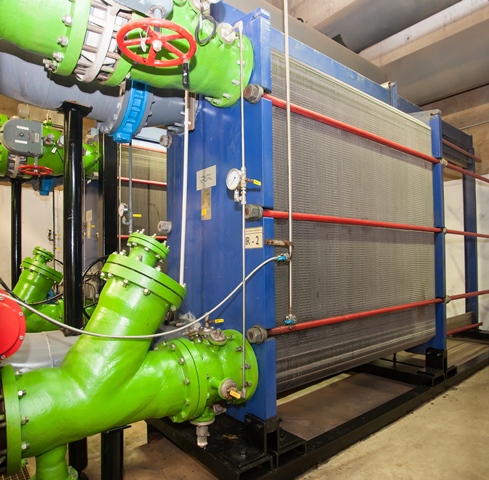
Source: Districlima, 2016
District cooling
District cooling is a system in which chilled water is distributed in pipes from a central cooling plant to several buildings for space cooling and process cooling. By replacing individual cooling systems in each building, the district cooling system can deliver economies of scale in terms of capital, energy and maintenance costs.
District cooling systems are based on well-proven technologies. Simultaneously it offers an opportunity for a ground-breaking integrated systems-approach which contributes to reliability of cooling and optimizes energy efficiency and the use of local energy resources. The development of energy-efficient district energy systems in cities can be one of the least-cost and most- effective solutions for reducing greenhouse gas emissions and primary energy demand.
Local governments are uniquely positioned to advance district energy systems in their various capacities: as planners and regulators, as facilitators of finance, as role models and advocates, and as large consumers of energy and providers of infrastructure and services.
Although the cooling demand profile is very site specific, there are certain building types that require cooling year-round across different climatic zones such as: data centers, shopping malls, markets, office buildings, hospitals, among others. The use of centralized systems and particularly of district cooling can offer very significant efficiency gains and alleviate the peak electricity consumption and stress to the power grid.
The current Solutions Package aims to support local governments in taking an integrated systems-approach to ensure reliability and affordability of district cooling, exploring the different roles which local governments can take to support modern district cooling.
Video: District Energy, key to achieving low-carbon communities, developed by IDEA in partnership with UN Environment and ICLEI





